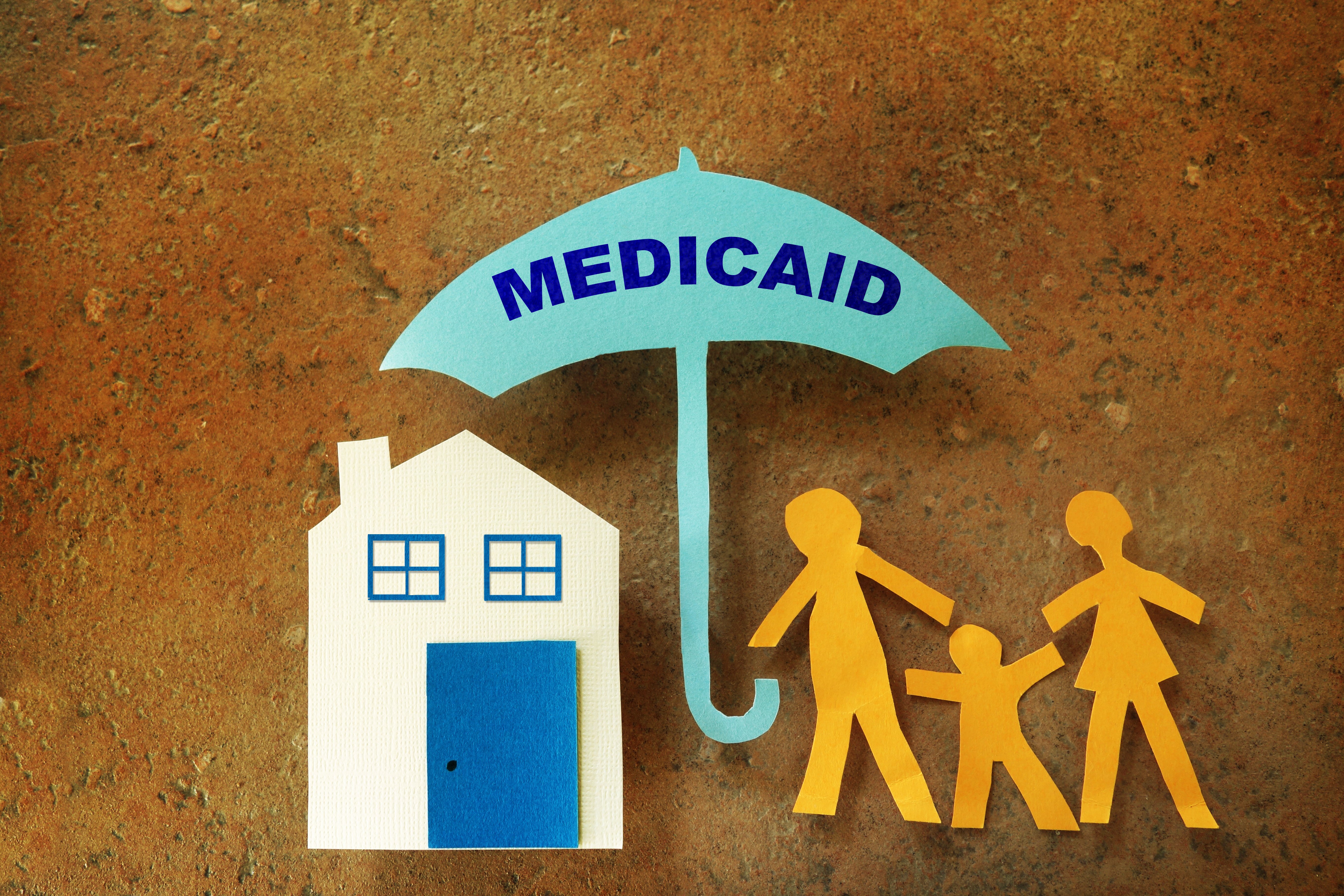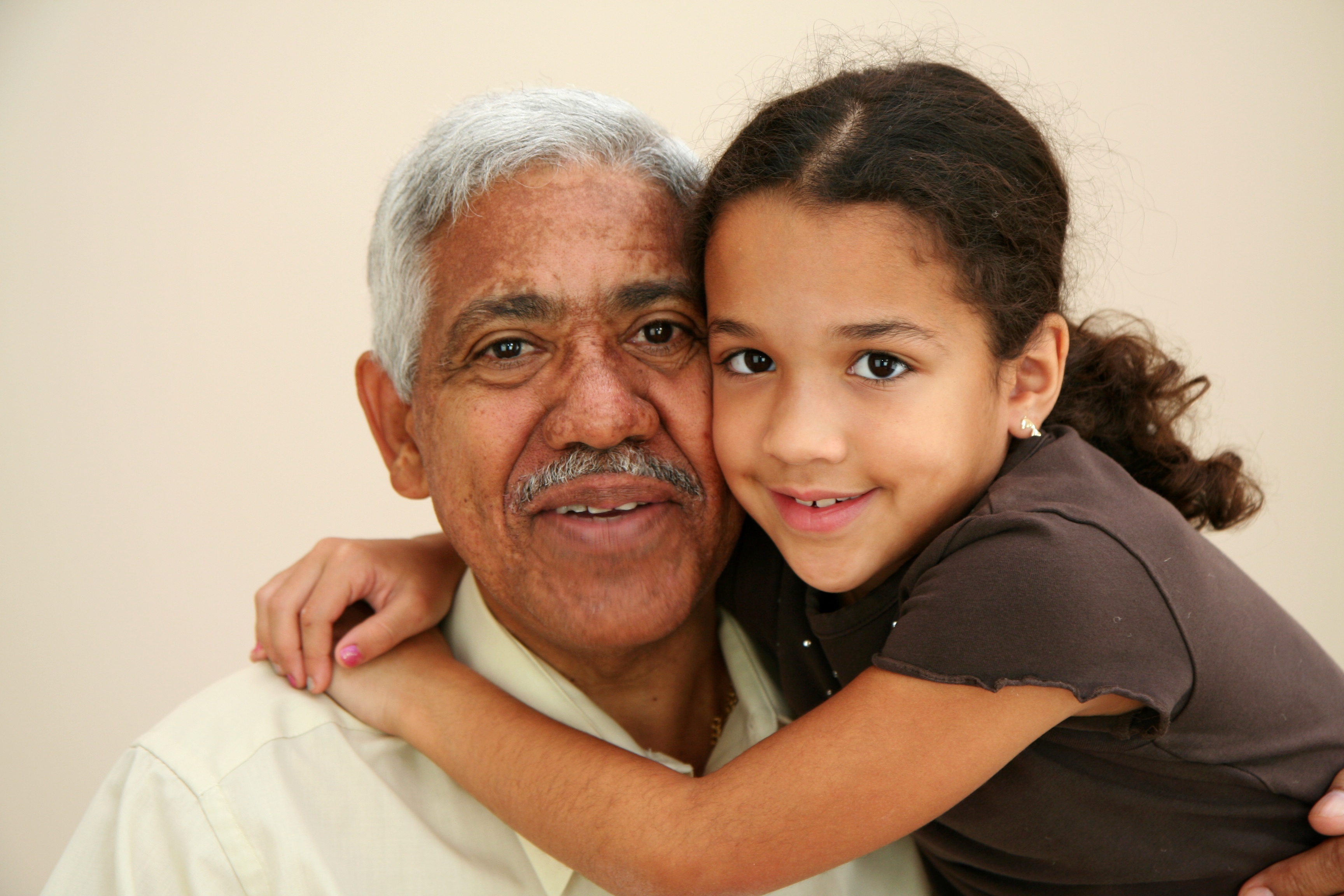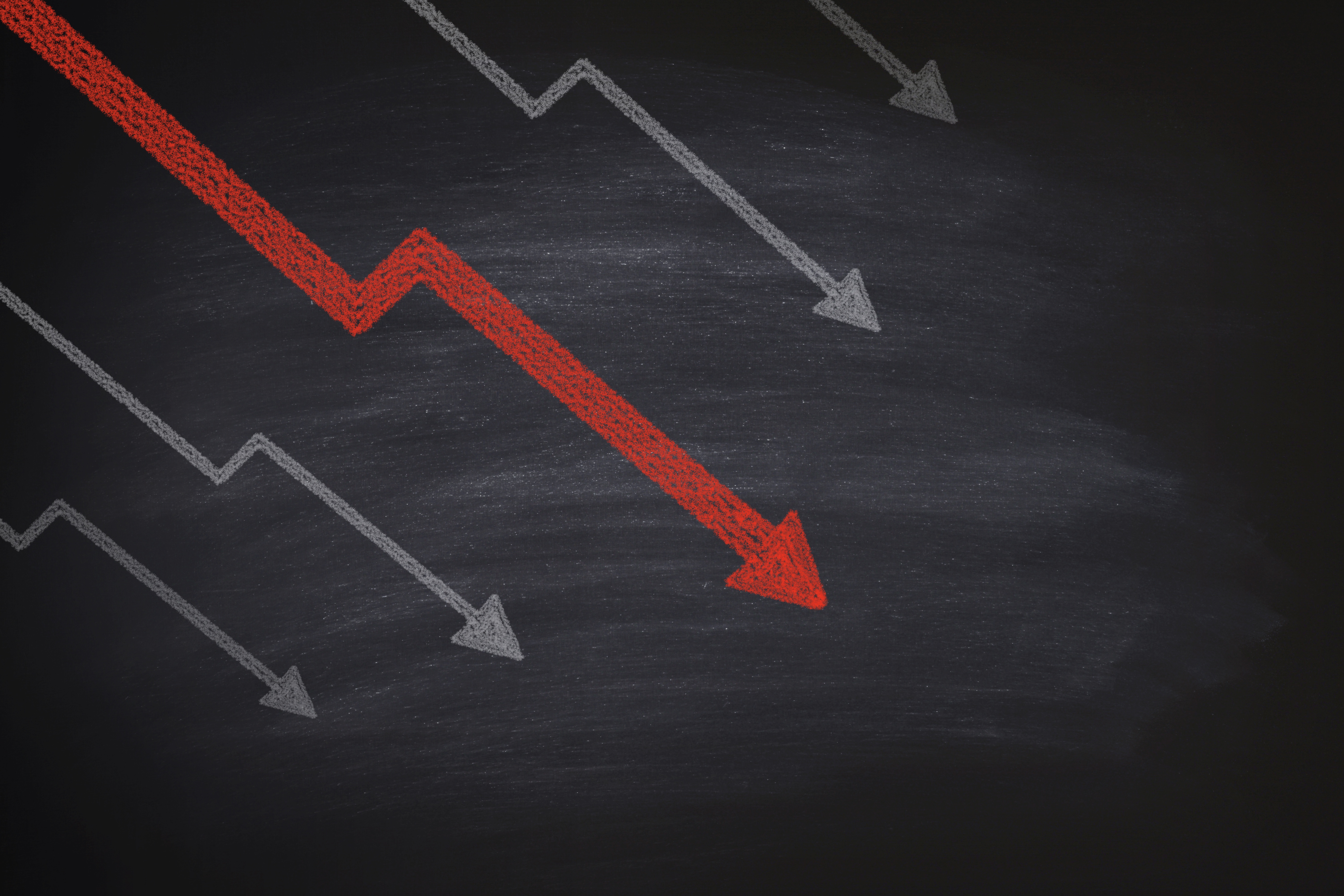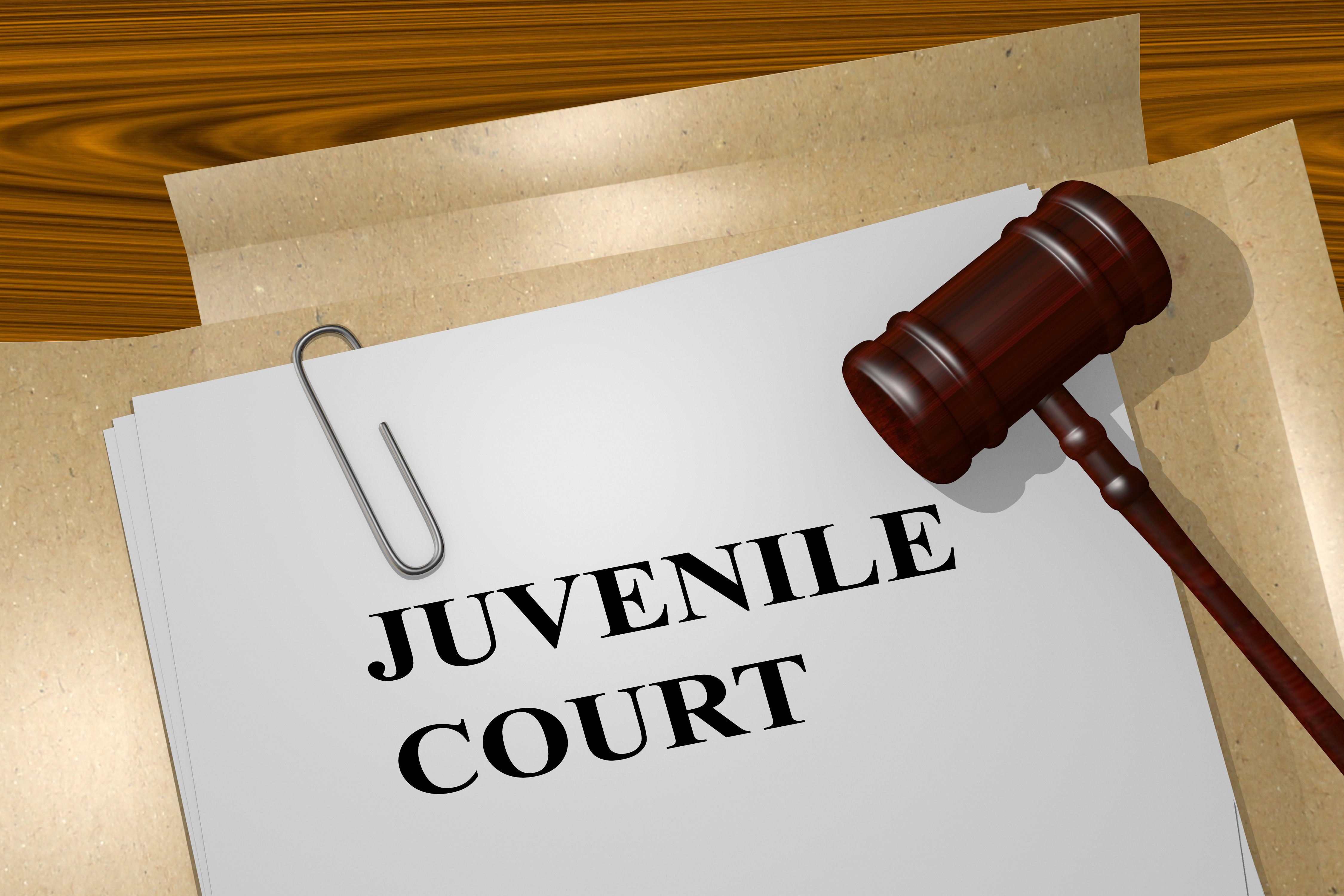
Involvement in the juvenile justice system is often a confusing and upsetting experience for teenagers across the United States—but adding the additional concern of being pregnant while incarcerated makes for an even more complicated situation. National figures on the number of incarcerated teenagers are scarce, but a recent survey on the matter in Los Angeles County gives us a glimpse into the matter. According to a report released last June, in 2018 a total of 1,039 girls were booked into L.A. County juvenile detention facilities; fifty had a positive pregnancy test upon arrest, and one gave birth while incarcerated. Fifty doesn’t sound like many, but that number accounts for just shy of five percent of the total juvenile female arrests in the county for the year. And for these youth, having to deal with pregnancy within the system leads to several different negative consequences.









 In the early 1990s, rising national crime rates provoked a change in the general public’s opinion of the people committing the crimes. Juvenile offenders, in particular, were represented as “vicious superpredators,” fueling the perception of juveniles as increasingly unpredictable, and of the juvenile penal system as being inadequate.
In the early 1990s, rising national crime rates provoked a change in the general public’s opinion of the people committing the crimes. Juvenile offenders, in particular, were represented as “vicious superpredators,” fueling the perception of juveniles as increasingly unpredictable, and of the juvenile penal system as being inadequate. 